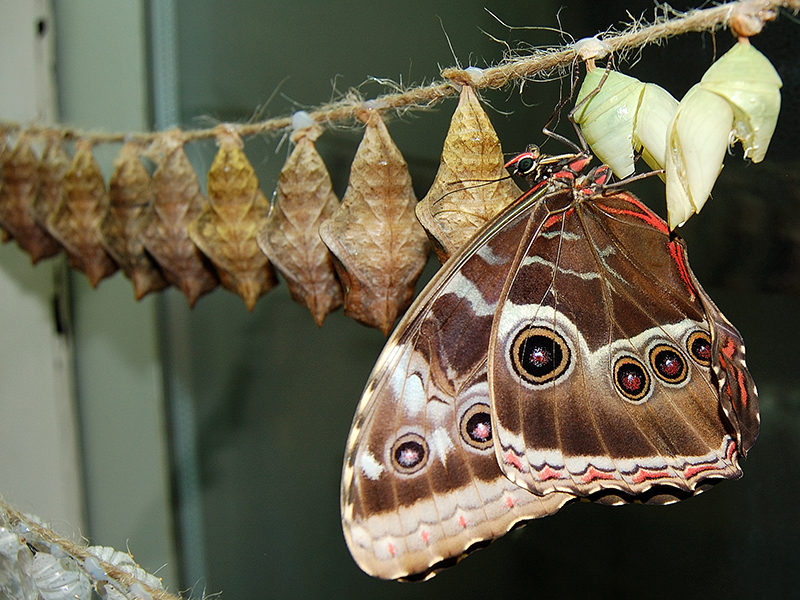
‘Butterfly Room’ reopens May 24; Museum also open Mondays through Sept. 1
May 19, 2025
The Living Conservatory at the North Carolina Museum of Natural Sciences is reopening Saturday, May 24. The popular exhibit, often referred to as the “Butterfly Room,” is modeled after a Central American forest and is filled with live animals. The two-toed sloth is a fan favorite, but the room also houses as many as 200… Read More >
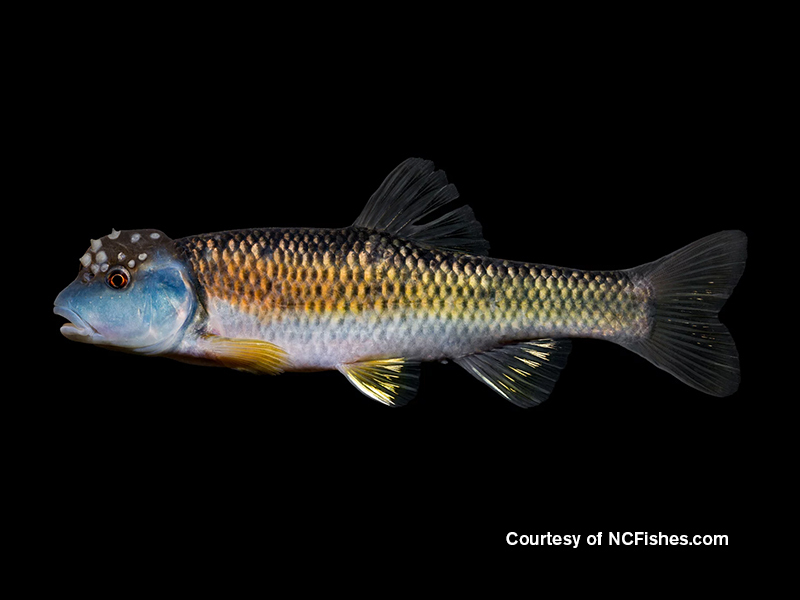
Learn about bluehead chubs, in Spanish
May 14, 2025
Meet the bluehead chub, the fish that builds stone nests! In this episode of the popular (and kid friendly) Spanish podcast Camaleón, Ichthyology Collections Manager Gabriela Hogue of the NC Museum of Natural Sciences explains how it builds its nest, its unusual spawning method, and why it helps so many other species. Listen now: •… Read More >
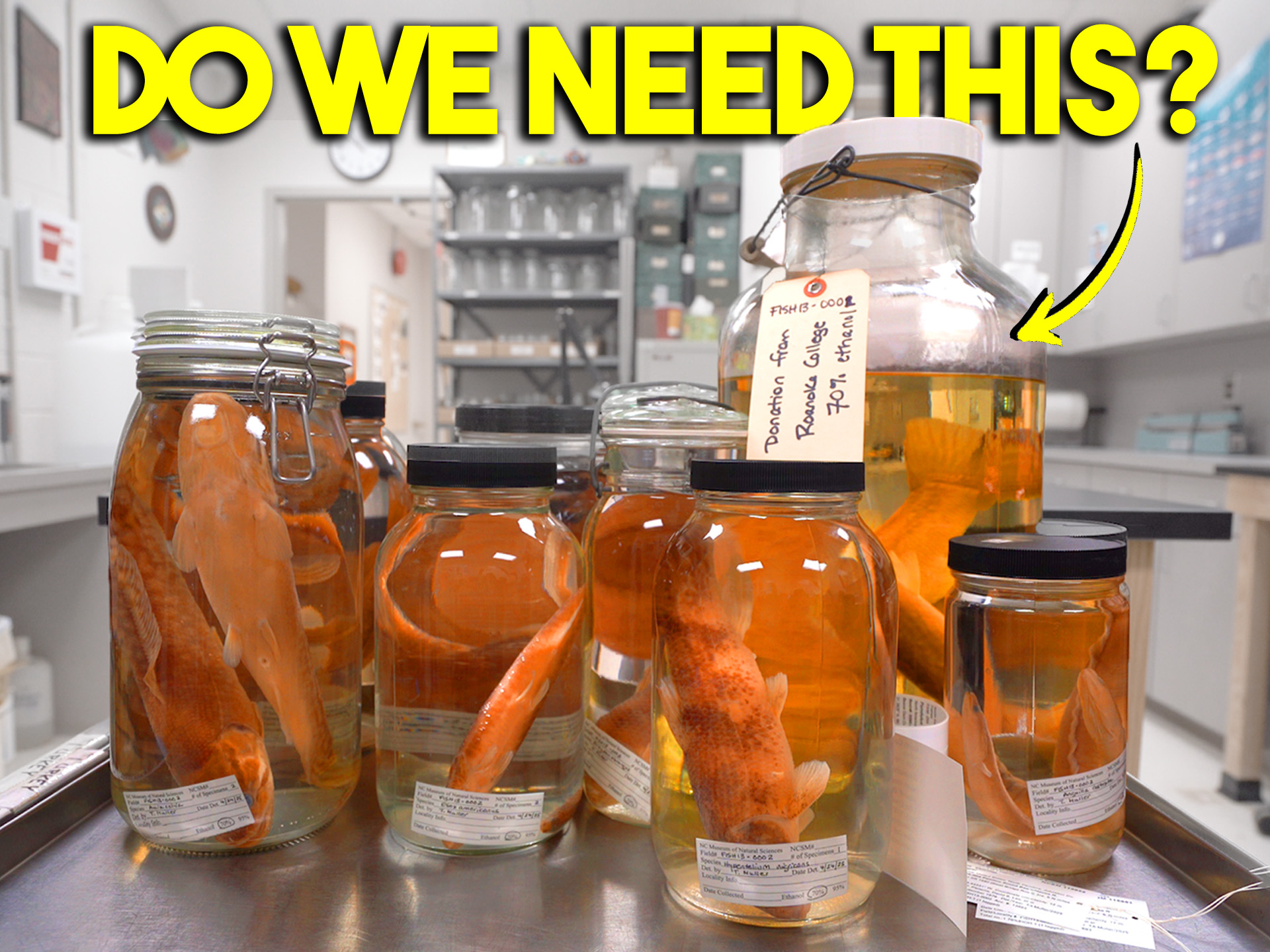
What’s the Point of Natural History Collections?
May 5, 2025
From Cretaceous crabs to a big mighty female Carolina redhorse, Museum collections have unlimited stories to tell. Take a behind-the-scenes tour of the ichthyology, paleontology and mammalogy collections with Dr. Adrian Smith, head of the Museum’s Evolutionary Biology & Behavior Lab and creator of the YouTube channel Ant Lab. “I think the coolest part of… Read More >
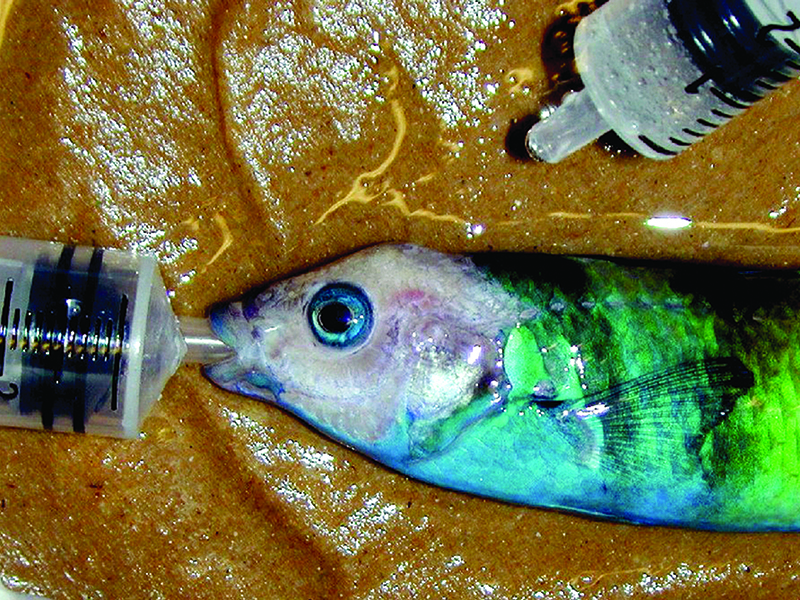
Windows on Animal Health now open Tuesday and Wednesday afternoons
April 28, 2025
When’s the last time you watched a two-toed sloth have a physical? Or saw a tumor being removed from a copperhead? These are just a couple of the types of medical procedures that could be happening on any day at the Museum. Because along with housing enough live animals to be considered a mid-size zoo,… Read More >
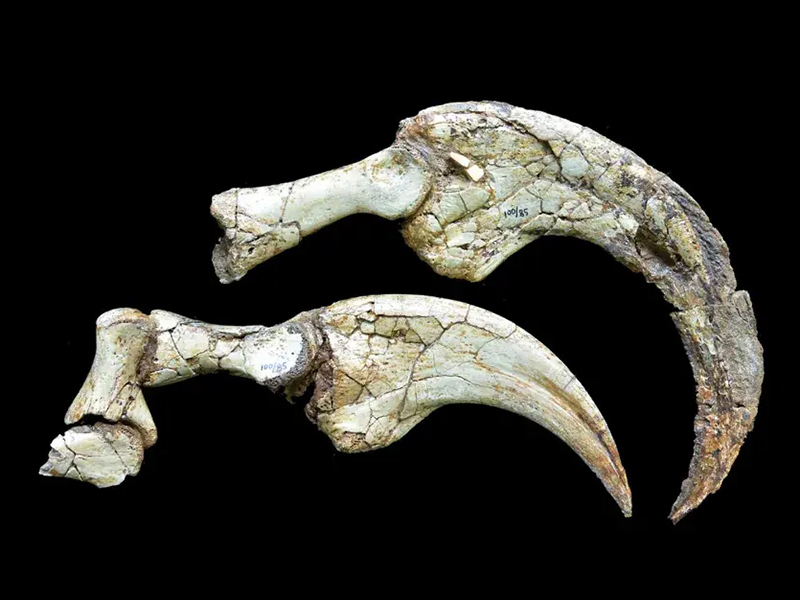
Bizarre New Dinosaur Discovered with Two-Fingered Hands Like Tyrannosaurus
April 21, 2025
An international research team, including North Carolina Museum of Natural Sciences paleontologist Chinzorig Tsogtbaatar, has discovered a new species of therizinosaur from the Late Cretaceous Bayanshiree Formation (~96-90 million years old) in the Gobi Desert of Mongolia. The dinosaur was named Duonychus tsogtbaatari, in honor of Chinzorig’s father, influential Mongolian paleontologist Khishigjav Tsogtbaatar. Unlike other… Read More >

